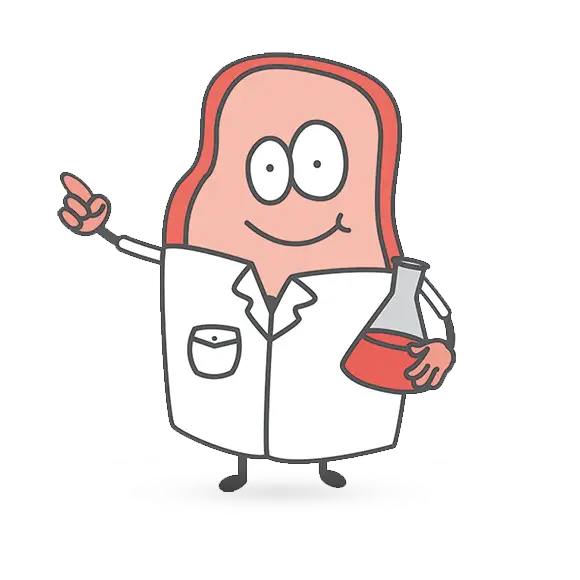Activin A belongs to the TGF-beta superfamily of cytokines and is a disulfide-linked homodimer consisting of four inhibin betaA chains. Any acitivin is expressed as latent complex, in which the pro-domain of activin is noncovalently linked to the mature, bioactive domain. Activation of activins is induced by proteolytically cleavage of the aminoterminal pro-domain resulting in the formation of disulfide-linked dimers of the bioactive protein. Activity of activin A is highly regulated by follistatin and inhibins. Activin A plays important roles in a variety of physiological and pathological processes, including tissue morphogenesis and repair, fibrosis, inflammation, neural development and development of the reproductive system. Moreover, activin A is involved in hematopoesis as well as in carcinogenesis. Due to its pivotal role in cell proliferation and differentiation, activin A is commonly used for the maintainance of pluripotency in induced pluripotent stem cell (iPSC) and embryonic stem cell (ESC) culture and additionally, to drive differentiation of stem cells into hepatocytes and pancreatic cells. To increase the functionality for diagnostics and other applications, pro-activin A is fused to GFP.
|
SDS-PAGE/Coll. Coomassie
|
Histogram of marked lane in gel picture
|
|
|
|



